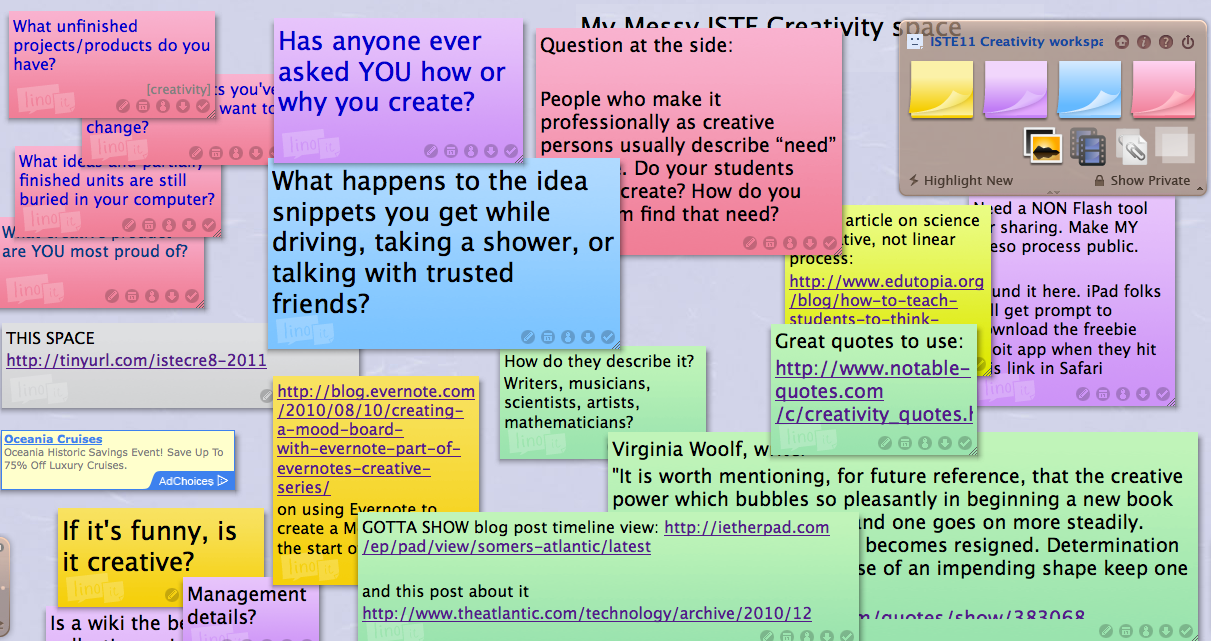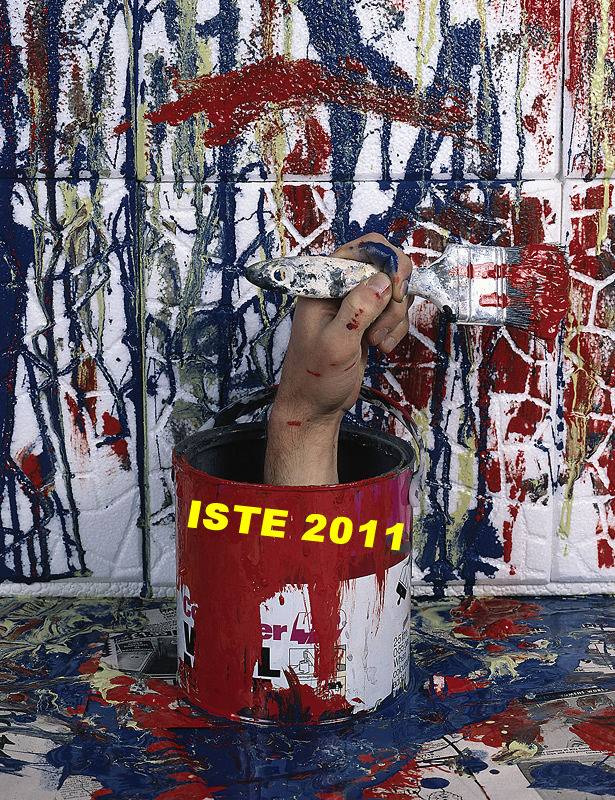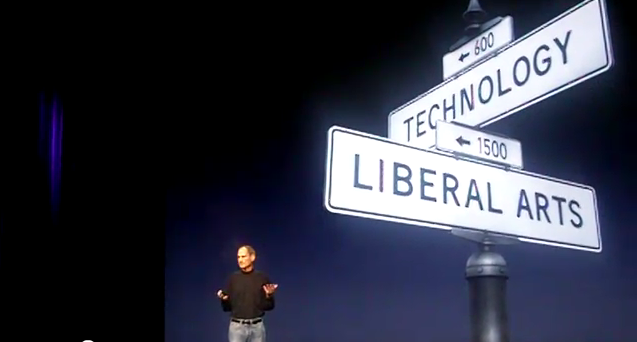I admit it. I am sick of social networks. My hermit feelings will surely pass, but this Friday finds me questioning the value-added of so many places to contribute, comment, rate, respond, or otherwise spill my guts. The cicada-like buzz about Google+ is deafening this week. I find myself taking an analytic look at social absurdity in hopes of avoiding an all-out rant.
As pundits point out, our social networks establish a false sense of consensus. We see and hear only the opinions of those who agree with us. Yes, it’s “social” to pat each other on the back and sing in harmony from the same choir stalls, but what do we learn or gain? What makes the difference between social networking that has value and social networking that wastes time and has little nutritional value?
The social marketplace: a food model of social networking
Premise: There are different places to acquire social network nourishment. Which describes the social network that you frequent?
The roadside table: We can stop by this spot for random offerings, whatever is in season. It stays open only as long as there is a surplus of cucumbers in the garden – a few thoughts to share. We rarely see anybody else as we leave a dollar in the coffee can, and the goods we take with us may be delightfully fresh. If left too long by the roadside in the hot sun, they shrivel and are of no use to anyone. Most web sites with add-on “social” features are simply roadside tables. We pass by without stopping unless it is a neighbor.
The farmers market: We gather at specified times – the earlier the better – to buy or swap for the freshest of the fresh. The offerings change with the seasons, and we learn to anticipate the coming crops. We dicker, exchange, and find the best ingredients, taking them home to create new recipes based on today’s offerings. The level of chatter and common support is strong as we wait or weave through the hungry crowd, armed with our reusable bags. The selections and the company of this network influence our nutrition for several days, and we like it so much we come back, as long as it isn’t too far to go. It does require extra time out of our week, though. Some of us have such social networks as part of our weekly habits. #edchat seems more like a farmer’s market for edu-ideas.
The food coop: We organize with a group with common goals: good food, fresh, and at good prices. We plan and delegate work that will be shared. The ideas we acquire here are outlined in advance: an online conference like the K-12 Online Conference or the Global Educon. Only the very organized can manage this kind of network on an ongoing basis.
The independent grocer: If nearby, we know this store well, and they keep it well stocked — given possibly limited space. They don’t spend much on advertising, so the we discover it by word of mouth. But the nutritional offerings are comprehensive and quite tasty. The management will even bring in something new we suggest. We know that the clientele and floorspace are smaller, but the combination of staples and new ideas keeps us coming back. TeachersFirst is like this, I hope. Perhaps not a megsatore range of offerings, but always open to new suggestions. We customers talk to each other when we can, but the grocer respects the fact that we don’t have a lot of time.
The specialty shop (Coffees, teas, and gourmet baked goods): Our little favorite stops. We can only get one thing there, but it is our passion: the perfect bean, the best book club blog, the latest tech developer blog. We make time for this one. The rest of our food is not important to us as long as we have the best coffee beans. Good Reads is such a specialty shop for book lovers. Classroom 2.0 is another. Once we choose a niche like this, we always come back. We don’t have time for many.
The growing, upscale market chain: The Wegmans of social networking nutrition, these have all the media buzz and the latest and greatest in both groceries and cafe offerings. We watch the pastry chef at work as we gather the rest of our ordinary groceries. The lobster tank is full, and we are tempted by the very best. Even the store brands seem special. We are quickly entranced and find ourselves wishing we knew everything they carry. If there is a new product, they have it. Google+ is the Wegman’s of social networking. If you haven’t bought new ideas there, your ideas simply aren’t as good.
The mega-market chain: The Walmart of social networking nutrition is Facebook. They tell us what to eat by offering loads of quantity but a limited selection. Everything is Real Value and comes stacked high on the row-ends to fill our carts with blandness. Though “everybody” shops there, we leave only slightly satisfied– if at all. Walmart Facebook is ubiquitous and blue.
The fast food stop: We run in, grab what looks good, and run out. Some of us stop far too often, and our nutritional balance is at risk if we are not careful to select well. We risk a diet high in fat or sugar, but the 140 character offerings can be so temptingly tweet. Definitely not the only way to feed your mind.
Take out/delivery: We can order up anything, but our interaction and learning are limited to a few likes and comments. We frequently order the same thing: this channel or What’s Popular. YouTube.
I think I need to decide my nutritional needs for this stuff. But first, there’s a weekend…









 beyond textbooks. I feel the U.S. education model is very different from ours, especially in creativity. We need to learn from the U.S.”
beyond textbooks. I feel the U.S. education model is very different from ours, especially in creativity. We need to learn from the U.S.”

